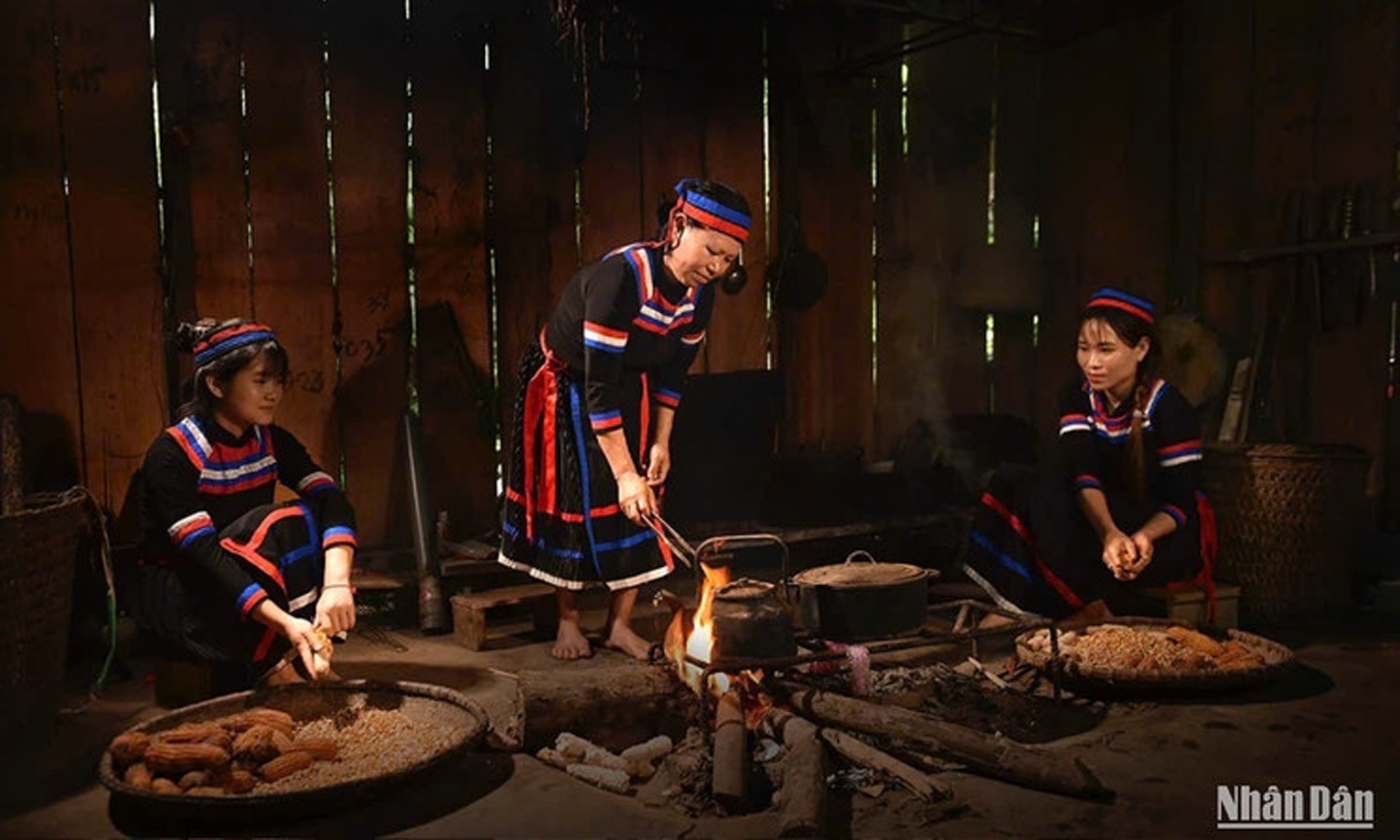Thuy ethnic group — Unique mark on ethnographic map of Viet Nam
ABO/NDO- In Thuong Minh Hamlet, Hong Quang Commune, Lam Binh District, Tuyen Quang Province, there exists a little-known ethnic community — the Thuy ethnic group.
With a population of just over 100, living in a secluded valley, the Thuy people represent a tiny but distinctive thread in the rich tapestry of Viet Nam’s ethnic diversity.
According to ethnographic researchers, the Thuy people may have originated from ancient communities who migrated from the northern border region into Viet Nam many generations ago.
Over centuries of local settlement, the Thuy have established a small but culturally distinct community. Today, they primarily carry three family names: Ly, Mung, and Ban.
The Thuy people have their own language, which they hear from birth and is passed down through the generations. Through this language, the Thuy have preserved traditional folktales, lullabies, and smooth, lyrical folk melodies unique to their culture.
 |
| Thuy women in Tuyen Quang Province. (Photo: VU LINH). |
The traditional attire of Thuy women is simple yet graceful. Dominated by black, it features harmonious touches of blue, white, and red on the collars, sleeves, belts, skirts, and headscarves.
There was a time when the Thuy were considered “outside the list of recognised ethnic groups in Viet Nam”. Without an official ethnic code, they were excluded from the national population management system, which meant they faced challenges in accessing state support policies.
Thanks to the intervention of local authorities and relevant agencies — particularly the provincial public security force — the process of establishing legal identity, disseminating laws, and incorporating the Thuy into the national citizen database has gradually been completed.
The presence of the Thuy in Thuong Minh Hamlet vividly illustrates the diversity in unity of Viet Nam’s ethnic mosaic. They live harmoniously alongside other ethnic groups such as the Tay, Dao, and Pa Then, sharing festivals, folk games, and collectively nurturing a healthy community life.
Though their population is small, the Thuy people’s language, traditions, and culture contribute meaningfully to the cultural diversity of Lam Binh District.
Today, many young Thuy individuals have become university students or commune and village officials. They act as bridges between their community and local authorities and are seeds of new culture.
Realising the risk of "disappearance" of the ethnic group, Tuyen Quang Province has implemented a scientific research project on the origin and culture of the Thuy people, contributing to identifying and creating a foundation for this ethnic group to have a clearer position in the cultural space of Vietnamese ethnic groups.
As Tuyen Quang Province, especially Lam Binh District, moves toward cultural and eco-tourism development, the uniqueness of the Thuy people holds promise as a distinctive attraction. The authenticity of this little-known ethnic group could captivate visitors, especially researchers, photographers, and experience-oriented travellers.
(Source: NDO)
 về đầu trang
về đầu trang







